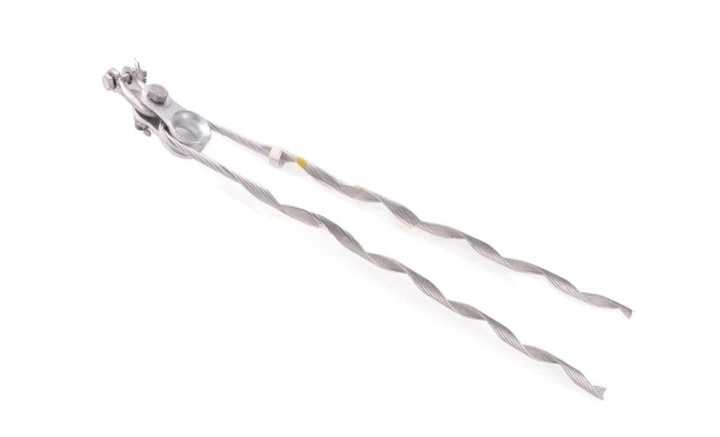
A slack span dead end is a specific sort of support and tensioning design used in transmission lines. It allows for more flexibility when designing and laying out transmission lines. They also allow for small modifications to the line routing. A slack span dead end installs at certain points, typically at the end of a span. They adjust the tension in a slack to ensure the appropriate flexibility without sagging. The dead ends use various fittings to assure their dependability. These include dead-end clamps, insulators, and brackets. The employment of these components aids in handling mechanical loads and climatic conditions.
The working characteristics of a slack span dead end
There are many methods for testing and evaluating the performance of the slack span dead end. Its characteristics include the capacity to maintain the line’s integrity and reliability. They ensure that the dead end gives flexibility in a variety of environmental and operational conditions. The slack span dead end exhibits the following performance characteristics.
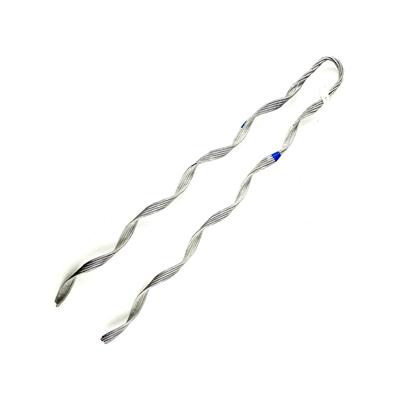
- Environmental adaptability – the dead ends accommodate the natural expansion and contraction of conductors. This is due to the temperature changes and preventing excessive tension or sag. They are also resistant to wind loads by allowing the line sway to help dissipate wind energy.
- Electrical performance – they dead ends have several designs to help maintain electrical clearance. The reduced tension reduces the risk of insulation or conductors to maintain the electrical integrity.
- Tension management – the dead ends operate under lower tension compared to standard tensioned spans. They can also absorb and dissipate dynamic loads caused by environmental factors.
- Mechanical stability – slack span dead ends help in distributing mechanical loads across the line. This reduces the stress on poles or towers which can prolong the lifespan. They allow for controlled movement and flexing of the conductor.
- Operational reliability – reduced stress and flexibility from the dead ends can lead to lower maintenance needs. They also make it easier to isolate and repair the affected sections of the line.
- Durability – the dead ends reduce mechanical stress that can lead to longer-lasting structures. This helps to decrease the frequency of repairs.
- Cost effectiveness – slack span dead ends reduce the need for firm and expensive support structures. This helps reduce the costs for structures, labor and equipment costs.
Challenges and concerns with the use of Slack span dead end
The usage of slack span dead ends has various advantages for overhead transmission lines. They also pose several obstacles and issues for these applications. Also, overcoming these difficulties necessitates careful planning and ongoing maintenance. This ensures that transmission lines operate reliably and safely. The following are the challenges and issues confronting slack span dead endpoints.
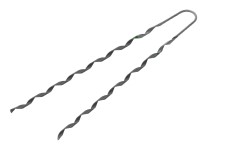
- Maintaining adequate ground clearance – this includes ensuring the conductor maintains its ground clearance. Insufficient clearance can lead to safety risks leading to electrical hazards and outages.
- Environmental impact – the dead ends need extra considerations to reduce impact like disturbing wildlife habitats. Slack span dead end faces dynamic environmental conditions like high winds, heavy snow and ice accumulation.
- Complexity in design – designing dead ends depends on factors such as load distribution, terrain and environmental conditions. Some may need custom solutions tailored to specific site conditions.
- Increased maintenance needs – the flexibility of the dead ends may lead to frequent inspections. This is to track and adjust sag and tension. the movement of the conductor leads to wear and tear on components.
- Cost considerations – the initial investment for slack span dead ends can be higher for specialized hardware. The increased maintenance and inspection needs can lead to higher long term costs.
- Installation process – installation of the dead ends in rugged terrain can be challenging. This can lead to the need for specialized equipment and expertise.
- Risk of overloading – mismanagement of slack span dead ends can lead to uneven load distribution across the line. The dead ends must also accommodate dynamic changes in load due to environmental conditions.
- Technical challenges – the movement allowed can lead to issues such as conductor oscillations, galloping or vibration. This can affect the line stability and performance.
Technical standards for slack dead ends.
Technical standards for slack span dead ends ease selection, purchasing, installation, and maintenance. They are necessary to meet many mechanical, electrical, and environmental concerns. They also contribute to the resolution of a variety of issues, including mechanical and electrical performance as well as material qualities. The slack span dead end has the following technical parameters.
| Catalog Number | Conductor Range (Inches) | Conductor Nominal Size | Per Carton Units | Length (Inches) | Color Code |
| SSDE-16 | .229-.257 | #4 AWG | 25 | 16 | Orange |
| SSDE-18 | .290-.325 | #2 AWG | 25 | 18 | Red |
| SSDE-19 | .326-.364 | #1 AWG | 25 | 19 | Green |
| SSDE-20 | .365-.409 | 1/0 AWG | 25 | 20 | Yellow |
| SSDE-21 | .578-.665 | 266.8 kcmil | 25 | 21 | Black |
| SSDE-22 | .784-.883 | 477 kcmil | 25 | 22 | Orange |
- Electrical specification – this includes insulation needs, conductor compatibility and electrical clearances. They should show the ratings for greatest operating voltages, conductor sizes, and enough clearance between conductors.
- Material specifications – the material should have high tensile strength to withstand the forces exerted by the conductor. They should also show the material and coatings to ensure corrosion resistance and durability.
- Mechanical specifications – the dead ends should be able to handle the tension without causing damage. It should also maintain the least tension to avoid excessive sag and ensure proper ground clearance. The structure must support loads including the weight of the conductor and environmental factors.
- Installation specifications – they should state specifications for clamps that provide secure anchoring to the conductor. They should also have procedures for applying the right tension during installation.
- Environmental specifications – this includes weather resistance and temperature range. They should have specifications for wind load, ice, snow, operating temperatures and thermal expansion.
- Regulatory and safety specifications – these specifications include compliance with industry standards and regulatory frameworks. It also includes safety factors, inspection frequency and maintenance procedures.
Industry developments and updates for dead ends.
There have been various breakthroughs and developments for slack span dead ends in the industry. They concentrate on improving reliability, safety, and efficiency. This is while dealing with the increasing complexities of modern power systems. They show the trend of integrating new technologies and unique design ideas. Additionally, this contributes to meeting the growing demand for advanced transmission systems. The innovations aim to improve reliability, cut expenses, and maintain standard compliance. The following are advancements in slack span dead ends.
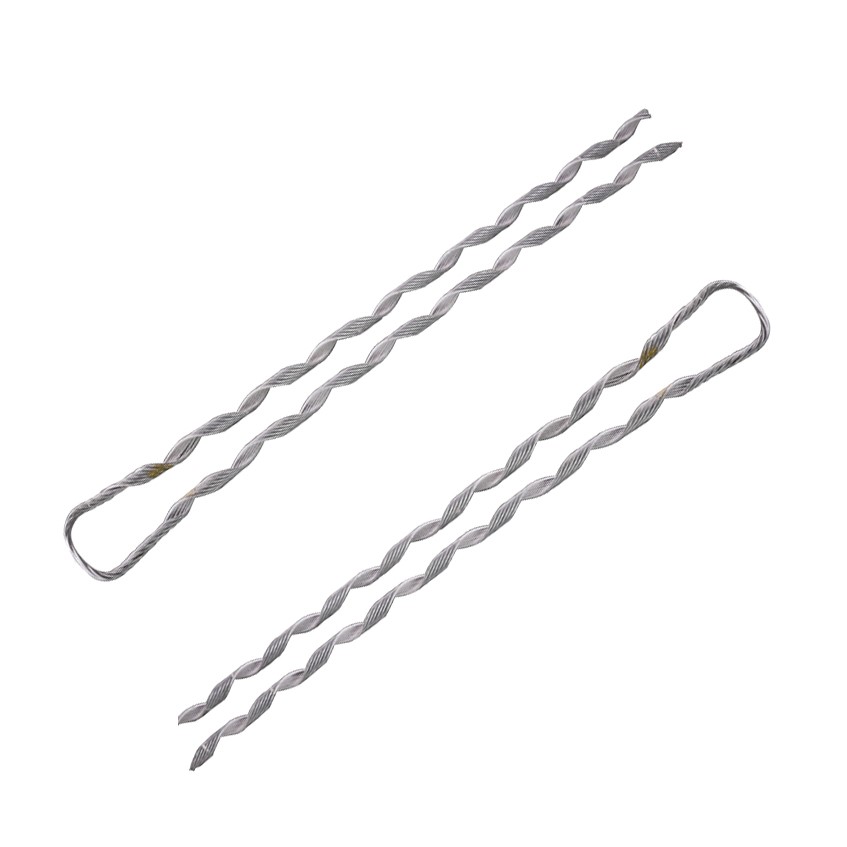
- Real-time monitoring – this includes using slack span dead ends for real time monitoring of mechanical stress and temperature. Use of data analytics helps to predict issues and optimize the performance of the transmission network. IoT connectivity enables remote monitoring and control of slack span dead ends. This provides operators with real-time data and control capabilities.
- Advanced materials and coatings – this is the development of high strength and lightweight alloys. They improve the mechanical performance of slack span dead ends. The alloys provide higher corrosion resistance which makes them suitable for harsh conditions. It also includes use of advanced coatings such as nanocoatings and self-healing coatings.
- Enhanced design and engineering – this includes use of finite element analysis and advanced computational tools. This allows for detailed simulation of mechanical and thermal stresses. They lead to optimized designs that balance strength. Advanced computational tools enable modeling of load distribution and environmental impacts.
- Sustainable solutions – the increased use of recyclable materials promote sustainability in transmission line construction. The adoption of green manufacturing processes reduce energy consumption and emissions. This helps to contribute to more sustainable production practices.
- Innovative hardware solutions – modular designs allow for easy replacement of individual components. The development of clamps with higher load capacities and better grip ensures secure anchoring of conductors.
Cost concerns and comparisons of slack span dead ends
Several factors determine the cost of slack span dead ends. Costs for slack span dead end fall into three categories: initial installation, ongoing maintenance, and operational costs. Additionally, it is critical to weigh the expenses against the benefits of better performance, safety, and long-term sustainability. The following are the costs associated with slack span dead ends.
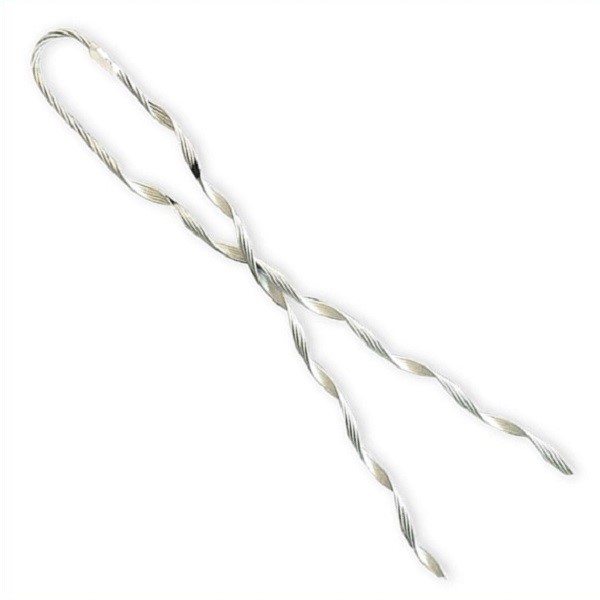
- Initial installation costs – the types and quality of conductor materials used impact the costs. The cost of clamps, brackets and insulators vary depending on the material and design. Other factors include the design costs, labor costs, equipment and logistics.
- Ongoing maintenance and operational costs – this includes inspection and maintenance costs. They also include monitoring and technology and energy losses costs. Using sensors for real-time monitoring of slack span dead ends can increase initial costs.
- Environmental and regulatory costs – using sustainable practices and materials may increase the initial costs but reduce long term environmental impact. Ensuring compliance with safety and environmental regulations can incur costs. These costs include potential fines or upgrading costs.
- Economic and operational considerations – high quality materials and components can increase initial costs but reduce long term expenses. Consider costs related to potential outages, repairs and legal liabilities.
Frequently asked questions
IoT, data analytics, and advanced materials are enhancing monitoring and lowering maintenance costs. They are also increasing reliability and performance.
The common challenges include design complexity, maintenance needs, costs and ground clearance.
Investing in high-quality materials, employing advanced monitoring systems, and following regular maintenance plans will help to decrease long-term expenses and improve reliability.
